World’s first VR GALLERY opened! A New World of Art Seen Through Digital Eyes (2016)
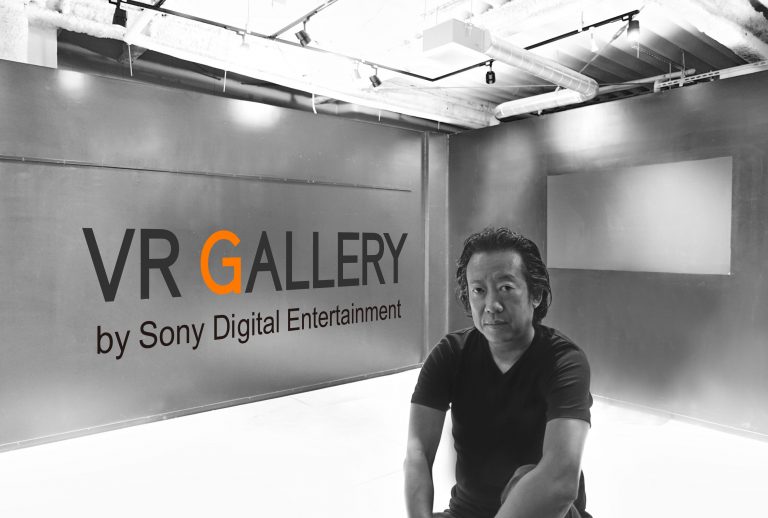
Digital is not a bonus to analog. Digital is the creation of new content in its own digital way.
The art industry is also under pressure to undergo DX (Digital Transformation) due to the influence of Corona, and VR (Online Viewing Room) is becoming popular, but it is merely an online version of a gallery that allows you to view real art in a virtual space.
Four years ago, on September 1, 2016, I created a white space-only gallery called “VR Gallery” in Shinjuku as an experiment in new digital expression.
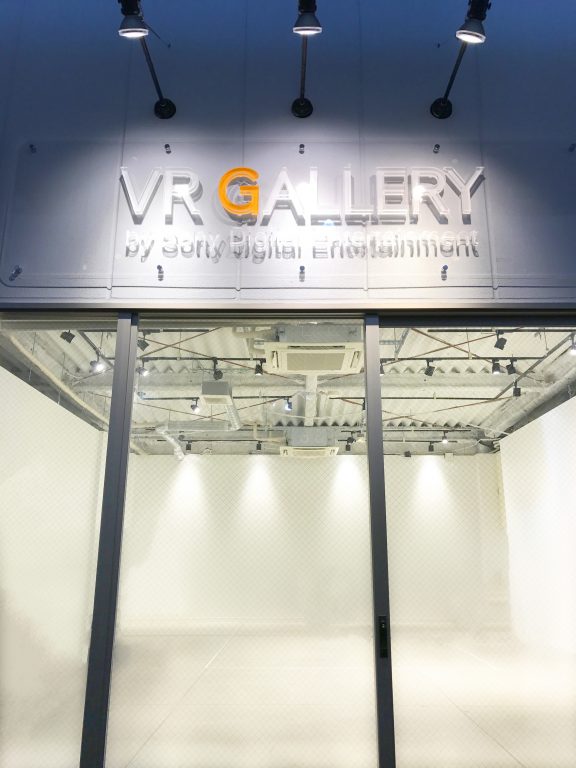
When wearing special glasses (headsets), a huge three-dimensional work of art would appear in that gallery space. People could enter the art and enjoy the art as one with the space.
Rather than presenting the real in the online space, they brought the online space into the real place.
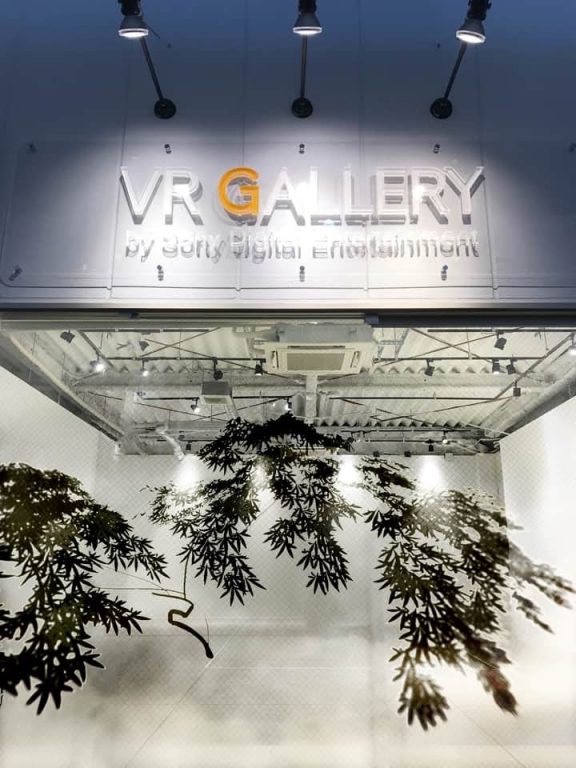
It all started four years ago, in June 2016, when Naoki Sakai, a conceptor, introduced me to Amit Sood (Amit Sood) from Google.

Amit ran the “Google Cultural Institute” in Paris. See TED below for his involvement with art. (I can’t see the world’s art in my hometown in India. I want to show art through digital media to those people.)
https://goo.gl/znXLJi
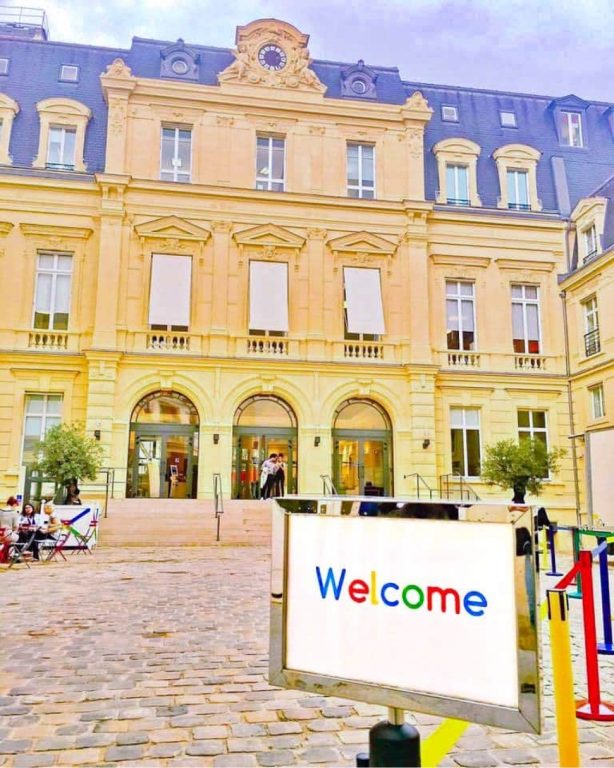
Google Arts & Culture has partnered with more than 1,000 museums around the world that have art and cultural heritage to provide free online access to their highly saturated digital archives.
https://www.google.com/culturalinstitute/beta/
They can also be enjoyed in apps and VR.
http://wired.jp/2016/07/25/googles-new-app-museums/
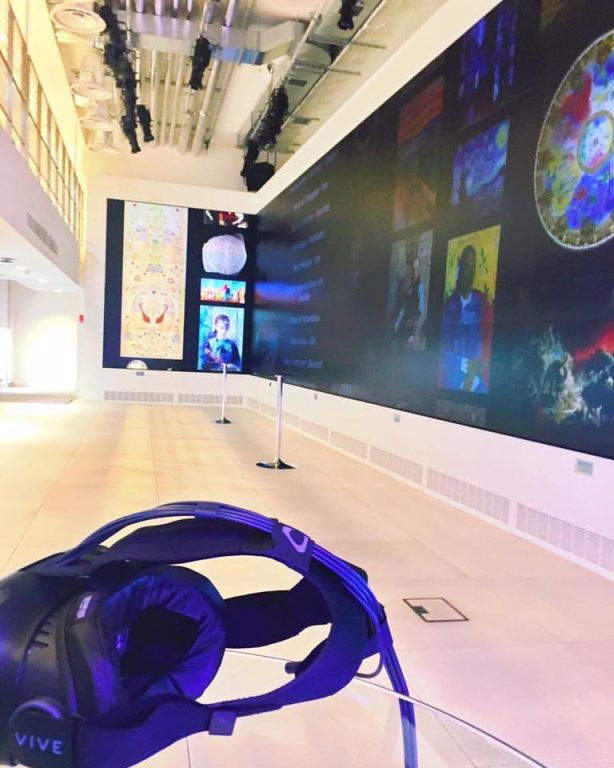
The department also developed a gigapixel “Art Camera. In addition to being indispensable for the creation of a precise archive, it has also made possible discoveries that can only be made digitally, invisible to the human eye.
https://goo.gl/dPyQco
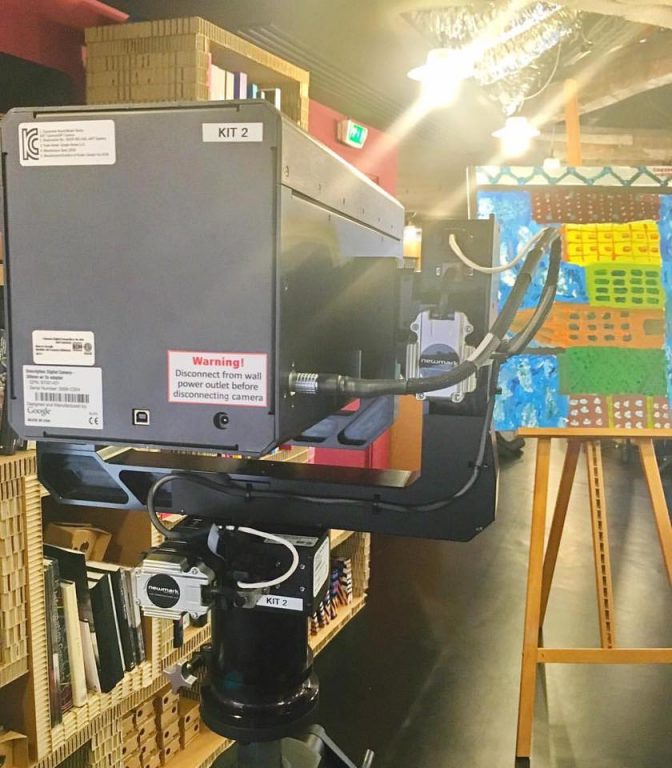
For example, zoom in on Pieter Bruegel’s Harvest of Grain (c. 1565)…
Six nude women enjoying a dip by a pond… But when you zoom in with your digital eye… It was actually five people and a rock! In other words, art invisible to the naked eye can be seen using digital technology.
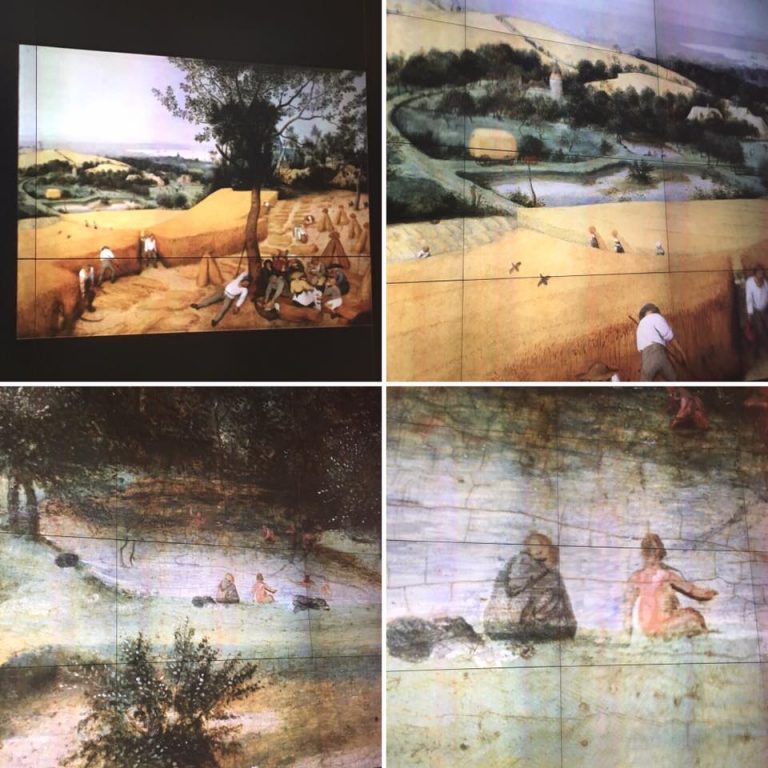
The department works on a non-profit basis and employs 35 technologists in its castle-like offices in Paris. Among them, a VR brush (Tilt brush) was developed utilizing the HTC Vive (VR system). You can draw freely in VR without difficult programming.
https://www.tiltbrush.com/

Amit said, “I’m inviting Japanese artists to Paris to create VR art.” More than 10 artists took up the challenge of creating the world’s first VR art.
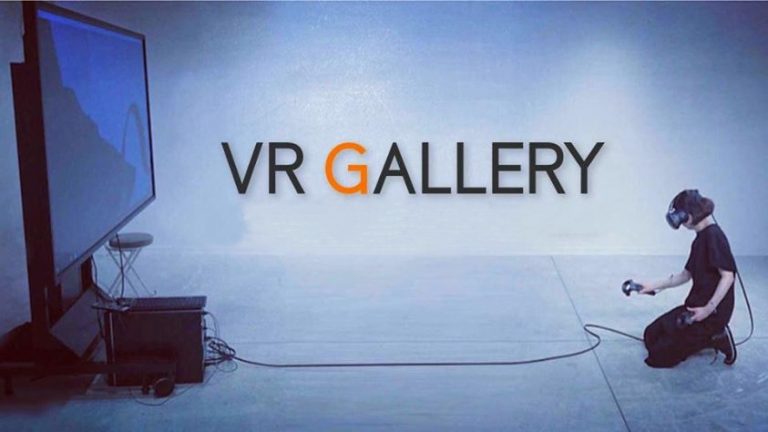
Introduction article at the time: Exhibits to be enjoyed at the world’s first VR art gallery “VR GALLERY” – art drawn with the Tilt Brush!
https://vr-360.net/blog/vr-gallery-sony_170829.html
The VR art I produced was also used in a Google convention.
http://tabloid-007.com/archives/52414021.html
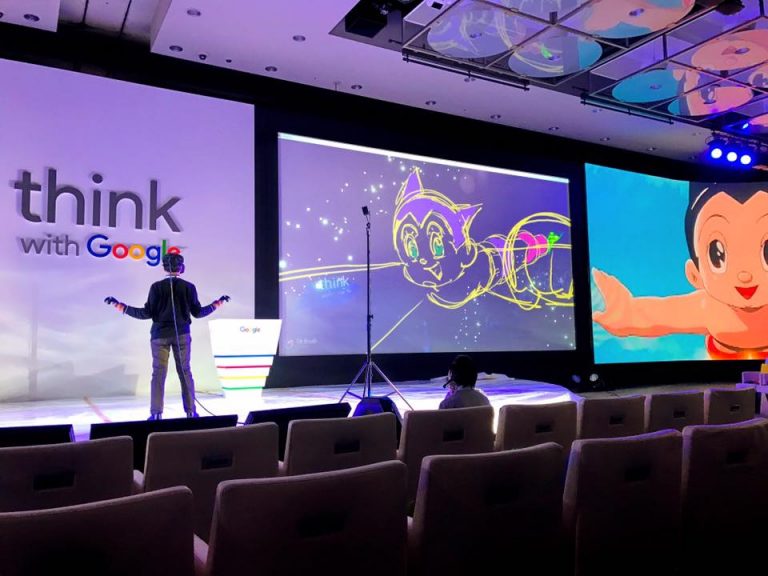
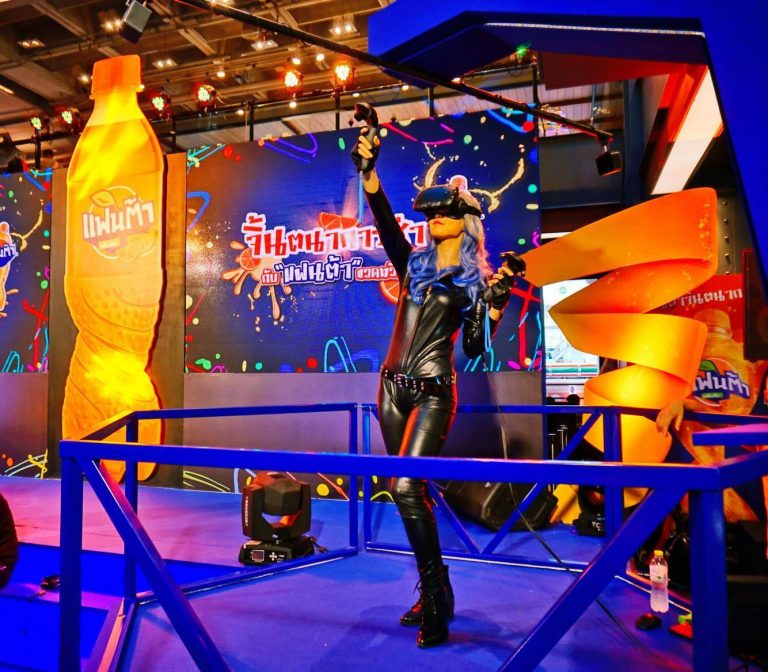
After this, the gallery existed for a real year and a month until the end of September 2017, when Fukuda resigned from Sony. It was launched with an incredibly tremendous rush, left a tantalizing buzz, and closed its doors.
This is the history of VR art. Real VR galleries don’t exist, but they still exist, unfaded, in the net space!
http://vr-gallery.jp/
Even today, the following sets can be purchased for about 60,000 yen to reproduce and enjoy giant three-dimensional art in the comfort of your own home.
HTC VIVE (Consumer Edition)
https://www.amazon.co.jp/dp/B06XKT4PBC
Even today, the following sets can be purchased for about 60,000 yen to reproduce and enjoy giant three-dimensional art in the comfort of your own home.














